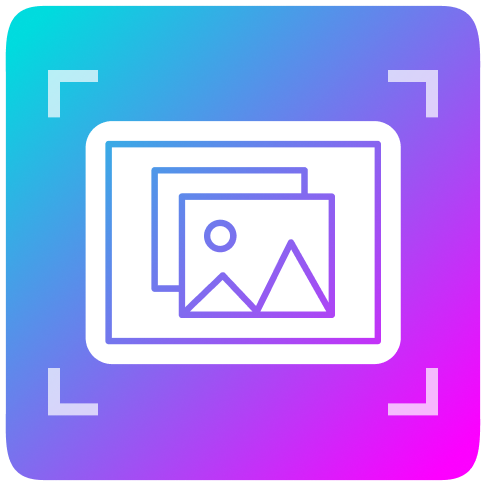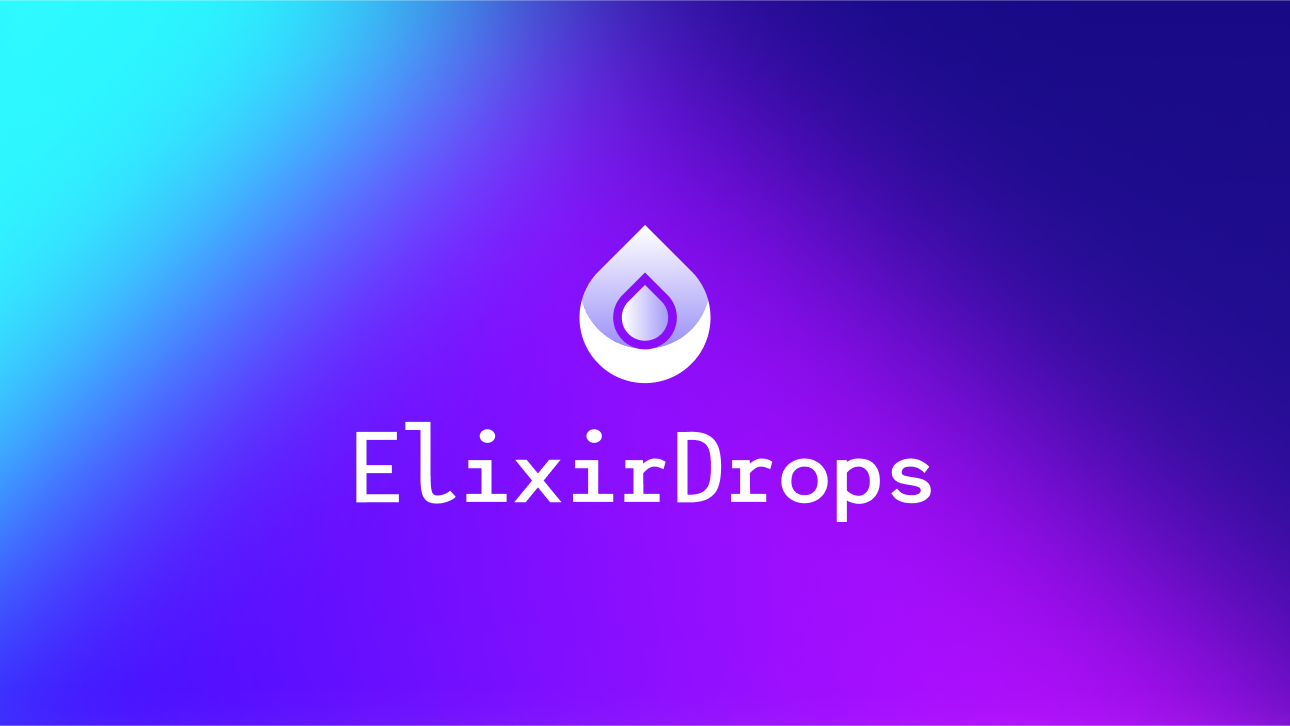Are you looking for a powerful and flexible way to build Elixir applications? Look no further than the Ash framework! In this blog post, we'll introduce you to Ash, explain why it's great for building applications, and show you how to get started.
What is Ash Framework?
Ash is a declarative, resource-based framework for building Elixir applications. It provides a set of powerful tools and abstractions that make it easier to build complex, data-driven applications while maintaining clean and maintainable code.
Why Use Ash Framework?
- Declarative Design: Ash allows you to define your application's structure and behavior declaratively, making your code more readable and maintainable.
- Resource-Based Architecture: With Ash, you model your application around resources, which encapsulate data and behavior in a cohesive way.
- Built-in Features: Ash provides many built-in features like pagination, filtering, and authorization, reducing the amount of boilerplate code you need to write.
- Extensibility: The framework is highly extensible, allowing you to customize and extend its functionality to fit your specific needs.
- Integration with Phoenix: Ash integrates seamlessly with Phoenix, making it easy to build web applications with a powerful backend.
Installing Ash Framework
To get started with Ash in a new or existing Elixir project, you'll need to add the necessary dependencies to your mix.exs file:
defp deps do
[
{:ash_phoenix, "~> 2.0"},
{:ash, "~> 3.0"},
# ... other dependencies
]
end
Then, run mix deps.get to install the dependencies.
For more detailed installation instructions and configuration options, check out the Ash Installation Guide.
Key Features of Ash Framework
Let's explore a few key features of Ash that make it powerful for building applications:
1. Ash Resources
In Ash, you define your application's data model using resources. Here's an example of a simple Post resource:
defmodule AshBlog.Posts.Post do
use Ash.Resource,
data_layer: AshPostgres.DataLayer,
domain: AshBlog.Posts
postgres do
table "posts"
repo AshBlog.Repo
end
actions do
defaults [:read, :destroy, create: :*, update: :*]
end
attributes do
uuid_primary_key :id
attribute :title, :string, allow_nil?: false, public?: true
attribute :body, :string, allow_nil?: false, public?: true
create_timestamp :inserted_at
update_timestamp :updated_at
end
end
This resource definition includes attributes, actions, and database configuration. Ash takes care of generating the necessary database schema and provides a high-level API for interacting with your data.
2. Built-in Pagination
One of the powerful features of Ash is its built-in support for pagination. Ash comes with both offset and keyset pagination out of the box. With just a few lines of code, you can implement pagination in your application. To setup keyset pagination in your resource, just add this, under actions:
# A `:read` action that returns a paginated list of posts,
# with a default of 10 posts per page
read :list do
pagination keyset?: true, default_limit: 10
prepare build(sort: :inserted_at)
end
And here’s how you can use it in your LiveView:
defp list_posts(%{assigns: %{load_more_token: nil}} = socket) do
case Posts.read(Post, action: :list, page: [limit: 10]) do
{:ok, %{results: posts}} ->
load_more_token = List.last(posts) && List.last(posts).__metadata__.keyset
socket
|> assign(:load_more_token, load_more_token)
|> stream(:posts, posts, reset: socket.assigns.load_more_token == nil)
{:error, error} ->
put_flash(socket, :error, "Error loading posts: #{inspect(error)}")
end
end
defp list_posts(%{assigns: %{load_more_token: load_more_token}} = socket) do
case Posts.read(Post, action: :list, page: [after: load_more_token, limit: 10]) do
{:ok, %{results: posts}} ->
load_more_token = List.last(posts) && List.last(posts).__metadata__.keyset
socket
|> assign(:load_more_token, load_more_token)
|> stream(:posts, posts, at: -1, reset: socket.assigns.load_more_token == nil)
{:error, error} ->
put_flash(socket, :error, "Error loading posts: #{inspect(error)}")
end
end
This implementation allows for efficient loading of posts as the user scrolls, creating an infinite scrolling behaviour.
3. Ash.Notifier
Another powerful feature of Ash is the ability to broadcast changes in resources using Ash.Notifier. This is particularly useful when you want to update the UI in real-time when data changes. Here's an example of how to set up a notifier:
defmodule AshBlog.Notifiers do
use Ash.Notifier
def notify(%{action: %{type: :create}, data: post}) do
Phoenix.PubSub.broadcast(AshBlog.PubSub, "post_creation", {:post_created, post})
end
end
This notifier broadcasts a message whenever a new post is created.
Then, add the notifier to your resource:
defmodule AshBlog.Posts.Post do
use Ash.Resource,
data_layer: AshPostgres.DataLayer,
domain: AshBlog.Posts,
notifiers: [AshBlog.Notifiers] # <-- add this
# ...rest of your code
end
You can then subscribe to these notifications in your Phoenix LiveView to update the UI in real-time.
4. Integration with Phoenix LiveView
Ash integrates seamlessly with Phoenix LiveView, allowing you to build reactive user interfaces. Here's an example of how to use Ash with LiveView:
defmodule AshBlogWeb.PostLive.Index do
use AshBlogWeb, :live_view
alias AshBlog.Posts
alias AshBlog.Posts.Post
@impl Phoenix.LiveView
def mount(_params, _session, socket) do
if connected?(socket), do: Phoenix.PubSub.subscribe(AshBlog.PubSub, "post_creation")
form =
Post
|> AshPhoenix.Form.for_create(:create)
|> to_form()
{:ok,
socket
|> assign(:page_title, "AshBlog Posts")
|> assign(:load_more_token, nil)
|> assign(:form, form)
|> stream(:posts, [])}
end
# ... other LiveView callbacks and event handlers
end
This LiveView lists posts, handles pagination, and updates in real-time when new posts are created.
To see a complete example of an Ash-powered blog application, you can check out this sample AshBlog project on GitHub
Conclusion
Ash framework provides a powerful and flexible way to build Elixir applications. Its declarative approach, resource-based architecture, built-in features like pagination, and integration with Phoenix make it an excellent choice for building complex, data-driven applications.To learn more about Ash and dive deeper into its features, check out the following resources:
Happy coding with Ash framework!


